Where Were the African Designers at the Met Gala?
A Glaring Absence in Fashion’s Biggest Night
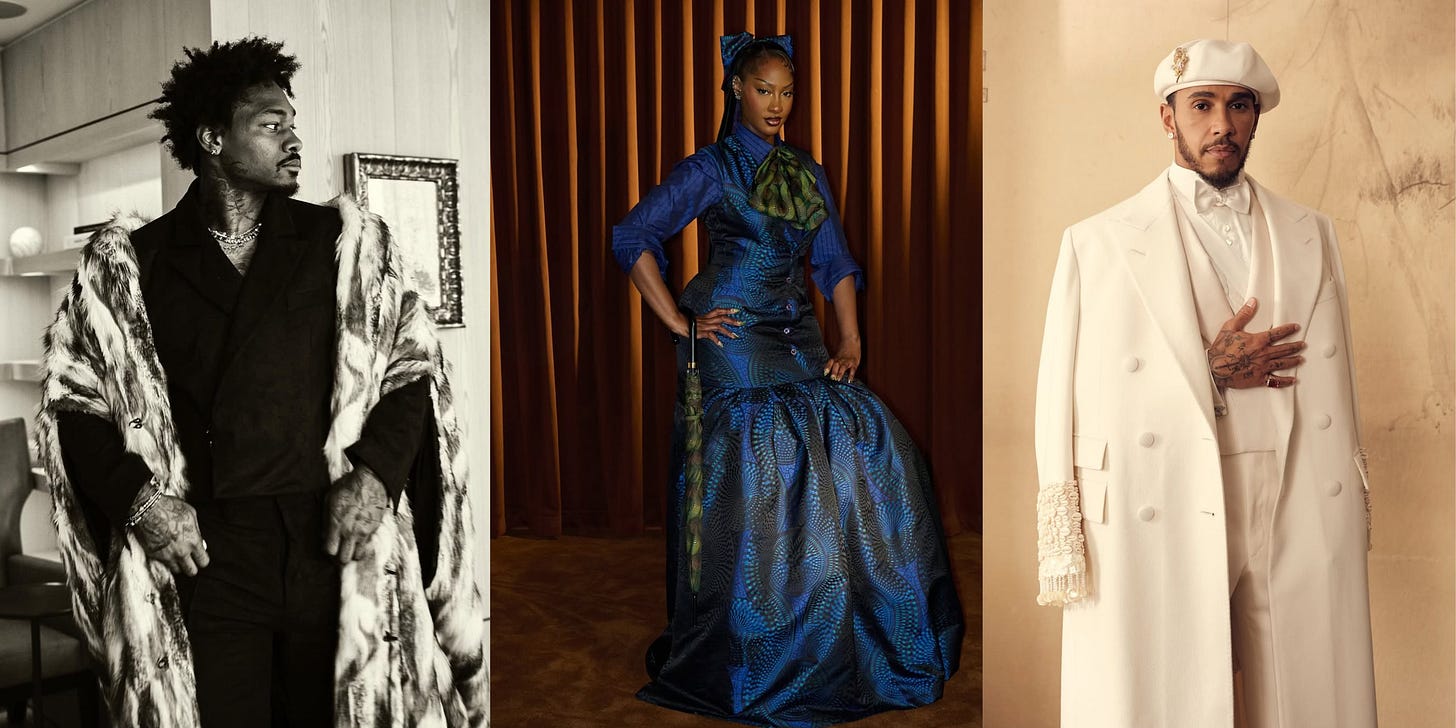
Every year, the first Monday of May is dedicated to the Met Gala, an exclusive charity event and fundraiser for The Metropolitan Museum of Art’s Costume Institute led by Anna Wintour. For 2025, expectations were higher than ever with its theme titled, Superfine: Tailoring Black Style and the dress code being Tailored For You, which is what you saw the guests on the carpet interpret. Based on Monica L. Miller’s book Slaves to Fashion: Black Dandyism and the Styling of Black Diasporic Identity, the theme follows Black dandyism and style from its inception as rebellion against slavery to its evolution.
At the Met, guests were largely inspired by archival images of Black dandies, pioneers, and tastemakers throughout history as well as cultural movements like the Harlem Renaissance, presenting a stark celebration of multilayered style and independent designers who blended historical significance with the zeitgeist.
There was a greater sense of collaboration in bringing designs and visions to life. Stylists, who are often the unsung heroes behind some of your favourite celebrity style moments worked closely with their clients and fashion houses, delivering on-theme looks that transcended the realms of fashion. For example, we got to see the work of some of today’s leading image makers and style consultants including Oscar-winning names for costume design, Ruth E. Carter (who dressed Teyana Taylor) and Paul Tazewell (who closely worked with Thom Browne to design Janelle Monáe’s striking look). And the likes of Law Roach and Marcus Paul all under one roof.
Highlights
It was a big night for trailblazing designer Ozwald Boateng, whose unmissable energetic colour combinations and patterns adorned some of music’s finest including Tems and Burna Boy. He also dressed Ncuti Gwata, Omar Sy, and Issa Rae among others.
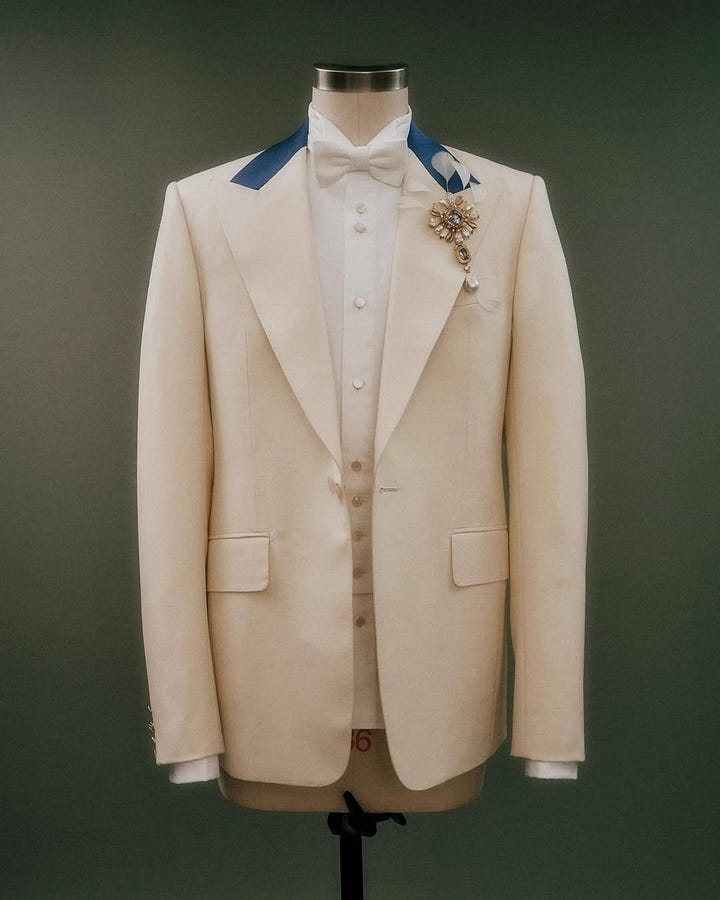
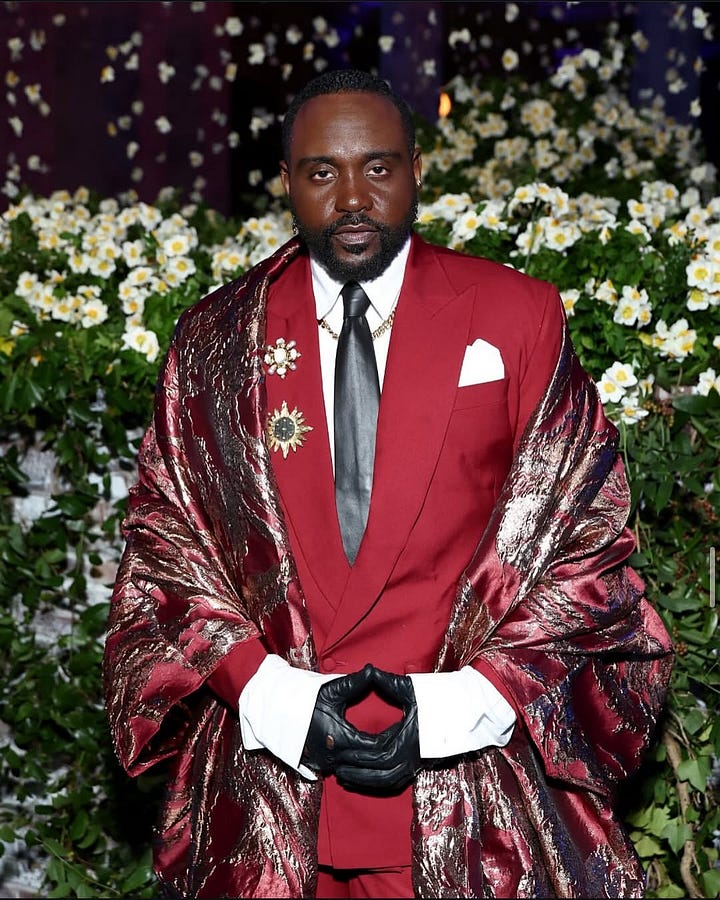
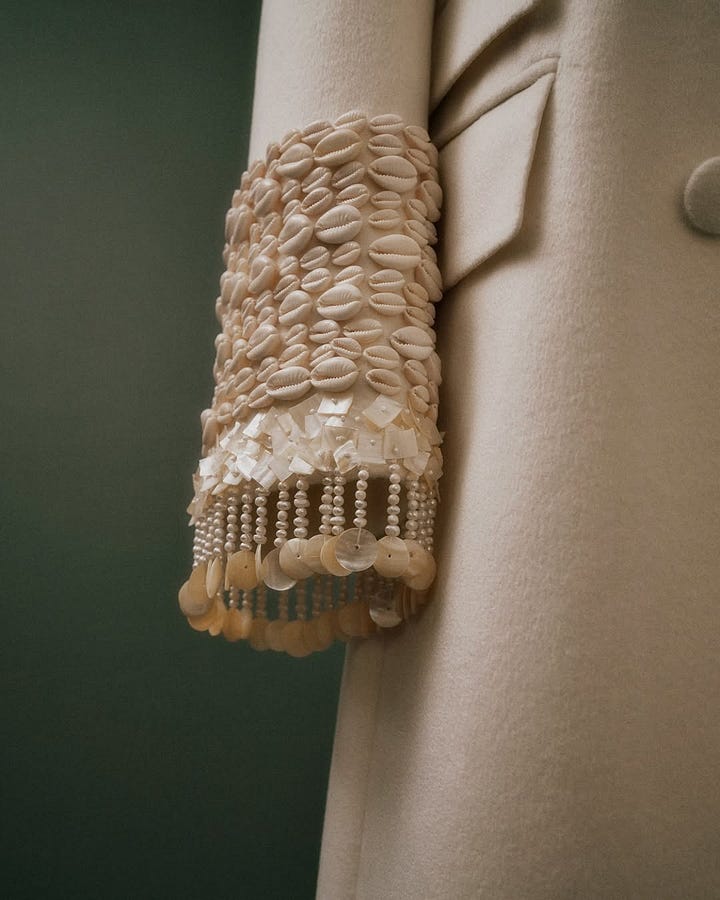
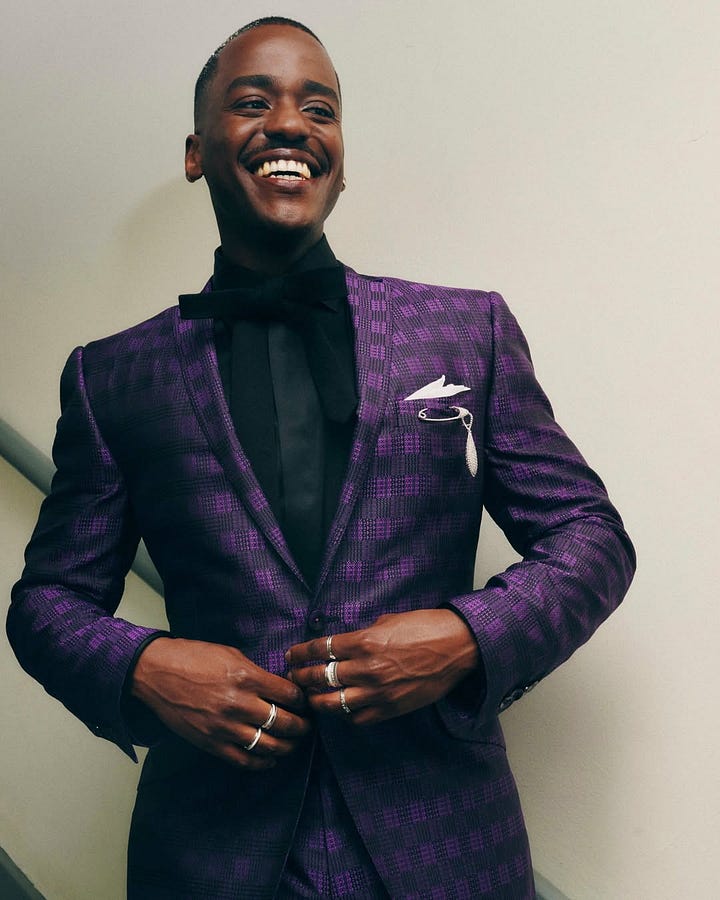
Charlie Casely-Hayford designed outfits for Edward Enninful and fencer Miles Chamley-Watson. Bianca Saunders brought her A-game, silhouette-bending, fluid vision to menswear through Nick Jonas and Stefon Diggs. And Post Imperial and Monse came together to dress Taraji P. Henson. Hanifa by Anifa Mvuemba and Toriséhju also made impressive appearances alongside Orange Culture, the Nigerian brand that created a vibrant custom suit with a dramatic cape for actor Brian Tyree Henry. While Ugo Mozie had a big moment with Diana Ross, who appeared in a grand gown by the stylist.
Wales Bonner delivered the theme to perfection. She dressed FKA twigs in a showgirl dress inspired by Josephine Baker. And crafted the most elegant suits for Lewis Hamilton and photographer Tyler Mitchell in pristine white with intricately symbolic detailing that channelled the flamboyance of Black dandyism. Overall, symbolic accessories and details proved to be a powerful element, adding personality and extravagance to looks.
Missed Opportunity
However, with all the spotlight on independent brands there was a missed opportunity in showcasing a broader range of designers from within the continent. African Fashion International (AFI), the South African fashion organisation founded by Dr Precious Moloi-Motsepe, known for its fashion weeks and pan African vision was a major sponsor of the event. Yet the representation of African designers on the carpet did not fully reflect this influence. Furthermore, AFI’s pioneering commitment was not matched by corresponding support from other key African fashion stakeholders. Had more institutions stepped up like AFI, the impact of African fashion could have been significantly greater.
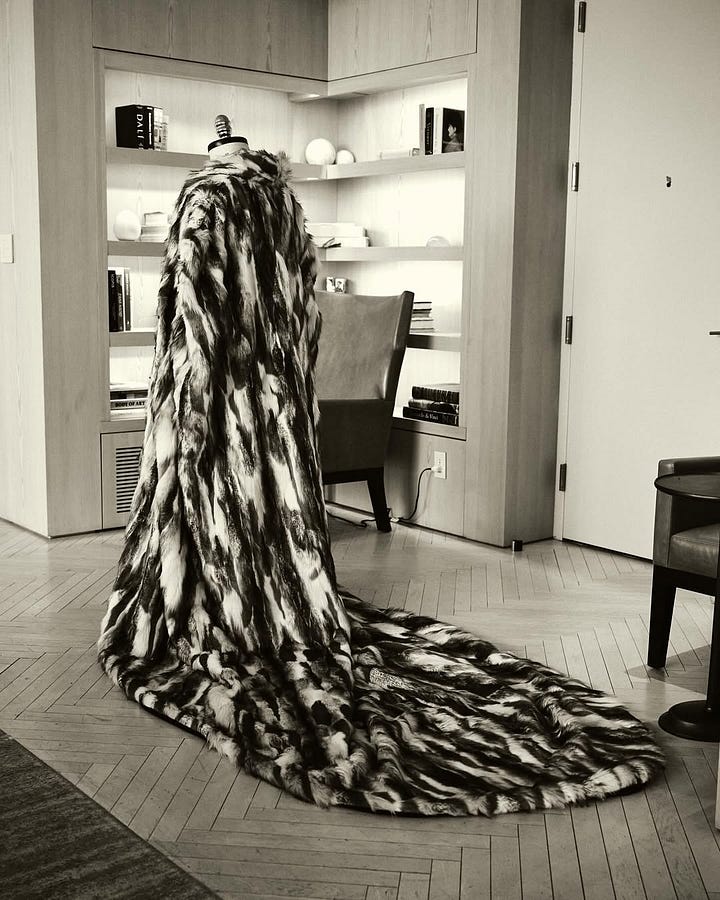



Dr Precious herself was regal in David Tlale, while Thebe Magugu outfitted fellow designer Aurora James in the brand’s first couture piece, a layered mesh, pleated gown worn with a striking gele (traditional headpiece). The designer later revealed that he drew inspiration from the photographs of Seydou Keïta, Malick Sidibé, and Mama Casset, who documented the sophisticated and expressive style of Central and West African women in the 50s and 60s.
Major events like the Met are not only important in building global exposure, celebrity endorsement, networking opportunities, and awareness but also help showcase our culture on a global scale. In the fast-paced world of fashion, brands, especially those from high-potential emerging markets like Africa benefit greatly from press and visibility to expand their reach and ultimately strengthen the regional industry by transforming the narrative and stereotypes.
The gala reportedly raised a record-breaking USD31 million on Monday, the highest proceeds ever in its history. This year in particular presented a significant moment to leverage the power of the Met to showcase the best and most from the continent.
Thanks for reading this edition of Africa Fashion Decoded.





